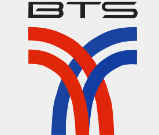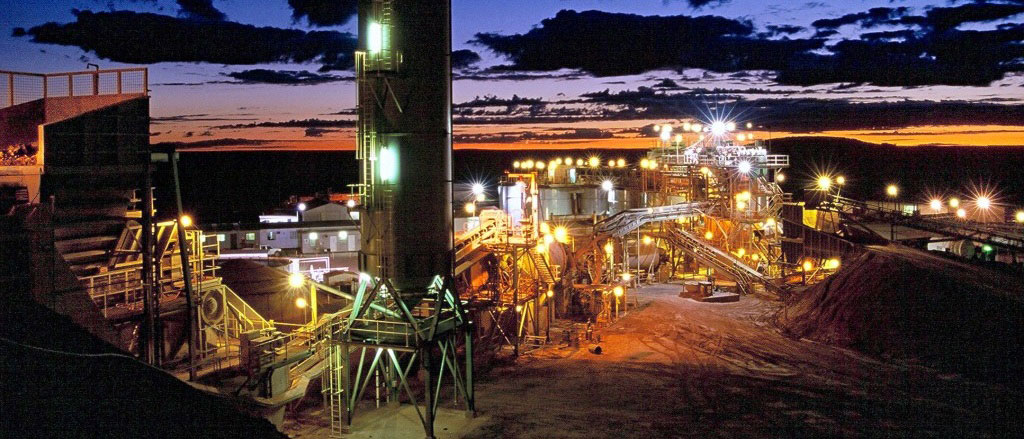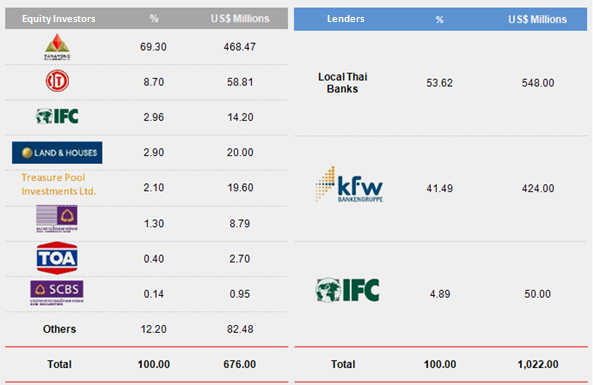Case Study: BTS Skytrain
Transaction Background
- The Bangkok Mass Transit System, commonly known as the "BTS Skytrain", is an elevated rapid transit system in Bangkok, Thailand
- It is operated by BTSC under a concession granted by the BMA
- Officially opened on Dec. 5th, 1999, it is the world's first and largest mass transit rail project to be entirely privately financed
Financing
- Project structured as 30 year Build-Operate-Transfer (BOT) turn-key, limited-recourse concession contract with a fixed-price, delivery date and guaranteed performance
- A strategic consortium was formed to oversee and finance the project, parties included:
1. Infrastructure companies
2. Property development companies
3. Contractors
4. Financial investors and lenders
Logistics
- The first major effort to cut down urban traffic congestion in metropolitan Bangkok
- Runs 40 feet above Silom Road and Sukhumvit Road, two of the city's main commercial thoroughfares
- Average ridership of approximately 600,000 people on weekdays and 300,000 people on weekends
Deal Process
- EACP bankers advised the Tanayong Group on the selection of the EPC construction of Italian Thai Development (ITD) on civil works and Siemens on E&M work
- A combination of Siemens and Bombardier trains were used on subsequent expansions
Strategic Consortium & Financial Sponsors
- The strategic consortium was a mixture of infrastructure companies, development companies, contractors, financial investors and lenders
- The strategic consortium that built and financed the project consisted of Tanayong, a Thai property developer, Italian-Thai Development, a Thai construction company , Siemens and a number of financial investors
- The BTS project was financed 60% with debt and 40% with equity










